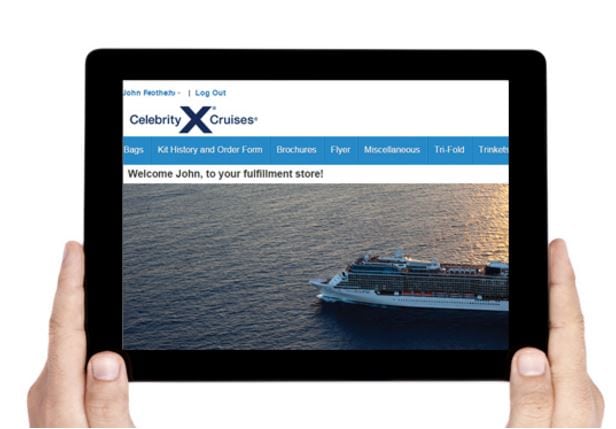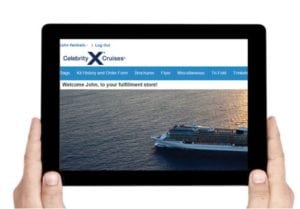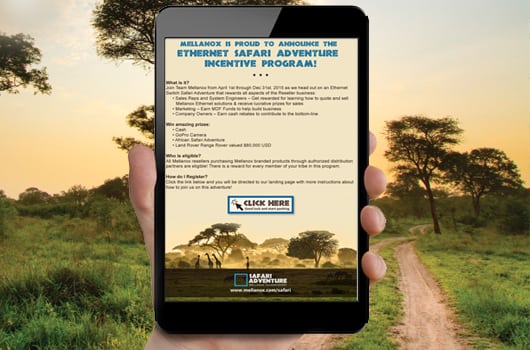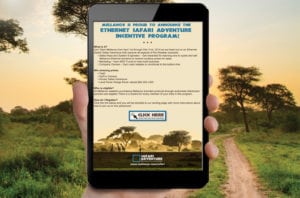
 You’re a company with plans to conduct consumer outreach events in the top 10 markets with a strong concentration of affluent travelers. Your events will take place in cities as varied as San Francisco, New York, Washington, Toronto and Atlanta. You plan to sponsor events like the Food & Wine Classic in Aspen, Colorado and the Chefs & Champagne Event in the Hamptons on New York’s Long Island. Your challenge: getting the correct promotional products and print collateral to the various events on time and in the correct quantities. And, you must maintain brand consistency across all product lines and do so in a cost efficient manner.
You’re a company with plans to conduct consumer outreach events in the top 10 markets with a strong concentration of affluent travelers. Your events will take place in cities as varied as San Francisco, New York, Washington, Toronto and Atlanta. You plan to sponsor events like the Food & Wine Classic in Aspen, Colorado and the Chefs & Champagne Event in the Hamptons on New York’s Long Island. Your challenge: getting the correct promotional products and print collateral to the various events on time and in the correct quantities. And, you must maintain brand consistency across all product lines and do so in a cost efficient manner.
In 2014 this was the situation Celebrity Cruise Lines found themselves in. According to Marilys Ward, Team Manager, Celebrity Cruises Southern California, they, “were looking for an effective solution for warehousing, organizing, and ordering our promotional materials. With a large team and a very active promotional event schedule having a tool that provided a clear and simple ordering process was essential to us.”
Celebrity needed an online solution that would allow their teams to create marketing materials and customized kits for the many high-end events they conducted throughout the year. Celebrity’s events required a mix of marketing materials and promotional items that can be customized to each event. Westamerica’s StōrFront® solution provided Celebrity Cruise Lines with the solution they were looking for.
Westamerica’s StōrFront® is a flexible, integrated, all-in-one solution that helps you manage your brand, your marketing strategy, and your collateral materials in an efficient and cost-effective manner. In this way the team in charge of the Aspen, Colorado event can build a marketing kit that meets their needs while the team in the Hamptons can build their own unique kits.
StōrFront® offers print-on-demand, industry leading fulfillment and digital asset management capabilities. It’s a web portal customized and branded to match your company’s current website. This portal contains all of your branded promotional products and print collateral. In addition, the site has the capability to allow users to personalize products, such as business cards. Users, who are assigned and employed by your company, can order the quantities necessary for their specific event. Users can also build marketing kits from the materials available.
It is Westamerica’s StōrFront® that provides the teams at Celebrity Cruise Lines 24/7 access to Celebrity’s marketing and promotional materials. In addition, we created an online form on which users can build a custom marketing kit, including all the instructions needed for Westamerica to fulfill the order. When the users click “Complete Order” a series of emails are pushed out from StōrFront® to various departments within Westamerica and the contents of the kit are pulled, and the kit is packed out, ready to ship and arrive in time for the event.
StōrFront® allows you to store, order, customize, and print marketing collateral on demand. It also allows you to store and edit digital files, videos and images with our Digital Asset Manager. You can easily manage your inventory, all from a centralized custom-created portal. This provides for seamless corporate and branding integration.
No one on your team will have to search through multiple electronic files to find the “correct” logo. Everything is kept in the same location. And, when there are updates to logos, products or print collateral, all changes can be made in one location and everyone on the team will have access to the new materials.
StōrFront® is easy to use and perfectly integrates traditional marketing fulfillment practices with the latest digital technology. When asked, Marilys Ward of Celebrity Cruises told us the implementation process was easy. She further said that it has an “intuitive platform that requires very little training time, and comes with incredible customer service. I would definitely recommend StōrFront® for your fulfillment needs.”
Thanks, Marilys, we couldn’t have said it better ourselves.









